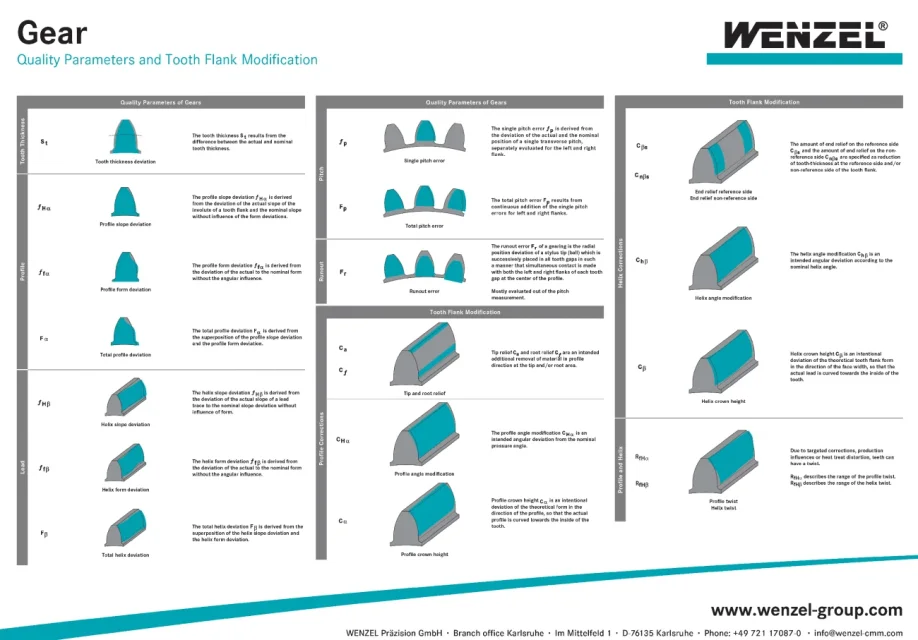Mattymecc
Guest
Hello I am looking on the net to buy niemann 1 and 2, only that I do not find them, you know where you can find, possibly also pdf? Thank you.
In the method of changing the pressure angle, the tooth thickness is increased by increasing the pressure angle and resulting in a decrease in the radial stresses of the tooth, but thus reducing the contact ratio and the thickness of the tooth tip. This type of change requires playforce the creation of dedicated tools, made to measure, for the creation of a non-standard profile.and moving profile into what is it and when using?


we say that it is not just a walk to explain correctly how the xMaybe graphically it is easier:First of all, thank you for the answer, but I did not understand what the pressure angle has to do with moving the profile, which I have not yet clearly defined in what it is, would you be able to explain to me what is "setting"? Thanks also for the images on the errors of processing the gears

with regard to the involut is simply a mathematical formula so realized:I was looking at the profile shift this morning, and I had a doubt: the tooth always has the same height and moves the primitive circumference, going to change addendum and dedendum, or happens other. However, the formulas are quite clear on the khk manual apart from the inv function, which I did not understand well what it is...
very good for your commitment and approach! That's how you learn! !Thank you, tomorrow I will deepen those helicals. . .
I took a look at it, it seems you played right.hello to all, this morning I looked at the wheels of helical teeth, I think I understood most things, I would like to ask you, as yesterday, if I understood these things correctly. another curiosity concerns the forces acting on the teeth in the grip: on the khk manual I have seen that there are no special formulas for the determination of such forces (axial, radial, tangential), for gears with displacement of the profile, from that I deduce that you should use the formulas for normal gears, even if they contain the primitive diameter and the angle of reference pressure and not the operating ones.... is this my doubt....
